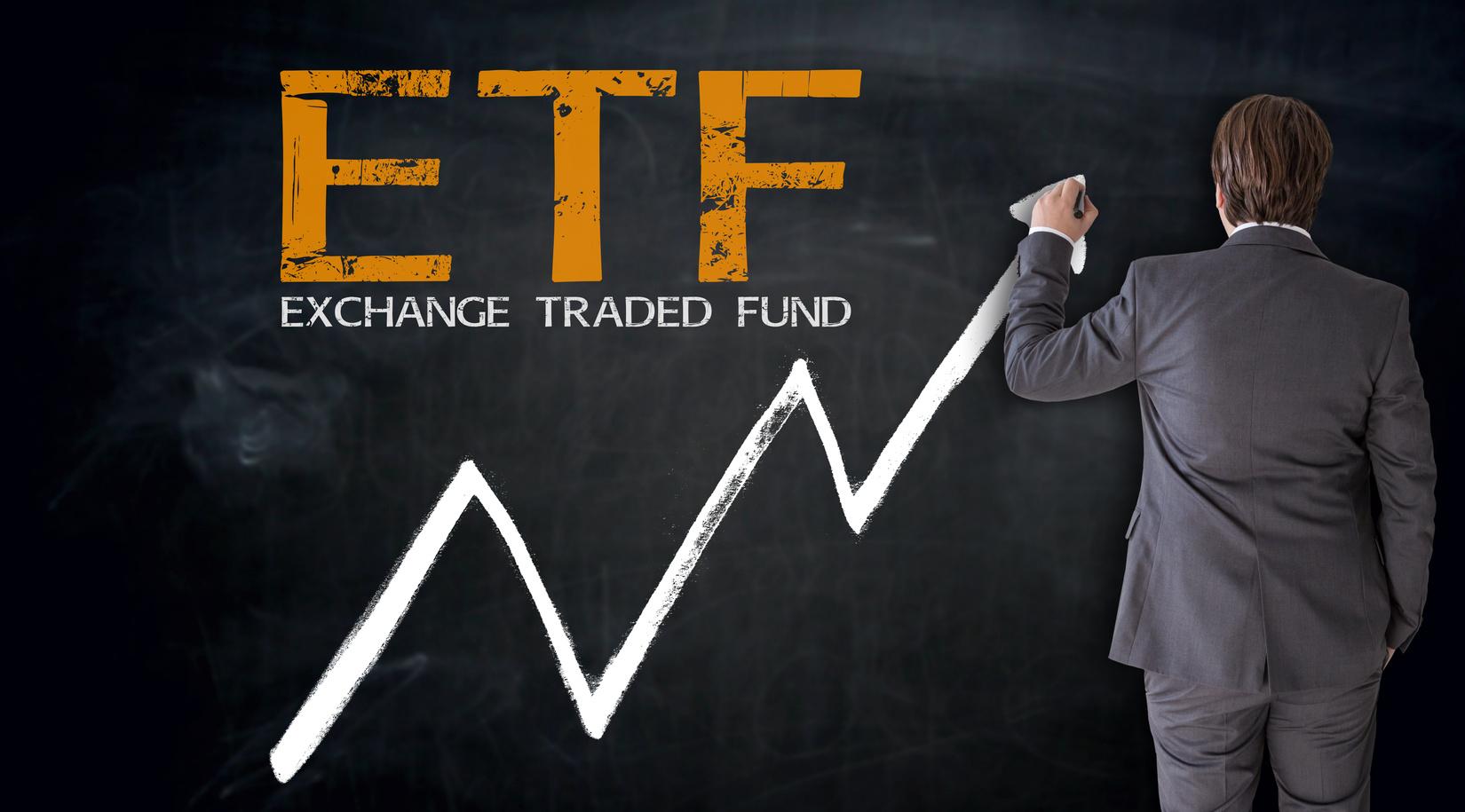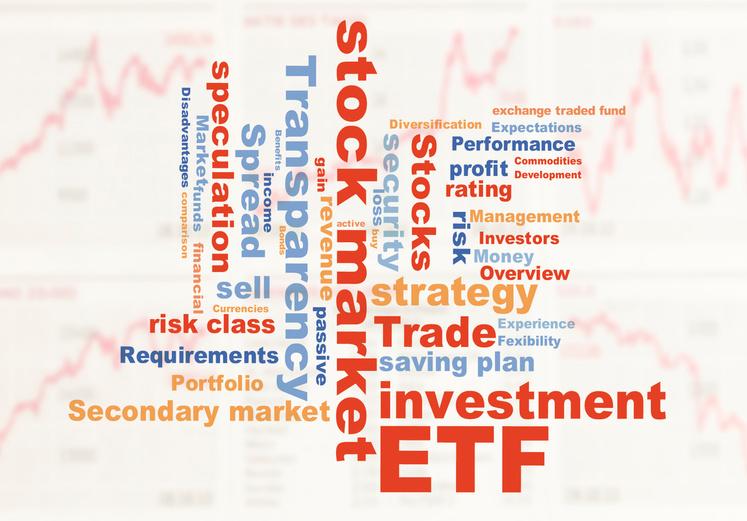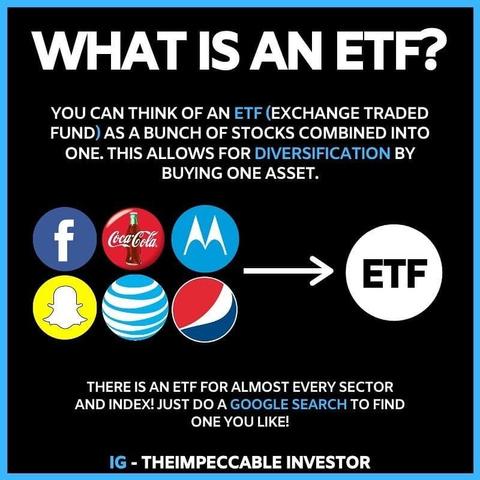
5 minute read
Financial Talk
THE BASICS OF EVALUATING ETF’S
By: Ken Willingham
DON’T PUT ALL YOUR EGGS IN ONE BASKET
One of the cardinal rules of investing is to have a well-diversified age-appropriate portfolio of investments This simply means “not to put all of your eggs in one basket”, and as we age the less risk we can assume because we have less time to recover from setbacks.
The idea behind diversification is to manage risk. When it comes to investing in the stock and bond market there are basically three types of risk that must be managed. First there is market risk, this is the risk that comes from general market corrections where most stocks will decline with the market. The second risk is the industry risk. Certain industries go up and down based on the current phase of the business cycle The third type of risk is the individual stock risk. This is the risk that comes from owning an individual company where the stock will go up or down based on factors that could affect the earnings of the company.
One way to reduce individual stock risk is through the use of Exchange Traded Funds (ETF). ETF’s work a lot like mutual funds but are bought and sold on the stock exchanges like stocks. When you buy an ETF, you are buying a basket of stocks that usually but not always tracks an index. For instance, the ETF SPY tracks the S&P 500 stocks, The ETF QQQ tracks the biggest 100 stocks on the Nasdaq exchange. Currently there are over 3000 ETF’s available to buy There are also actively and passively managed ETF’s and “leveraged ETF’s”. Actively managed ETF’s have managers that try to beat their index by buying and selling stocks, while passively managed ETF’s just hold the same stocks as the underlying index. Typically, the passively managed ETF’s will have lower costs.

Leveraged ETF’s use borrowed money, options, or other ways to leverage the assets and will move 2 to 3 times the underlying index.
With all of these ETF’s available how does one narrow down those ETF’s that would be appropriate to purchase for their portfolio?
There are several factors to look at that would help reduce the list to a manageable number. What index are they trying to track?
There are indexes that follow almost every industry or sector.
How long has the EFT been in existence? I would like at least 10 years of history to evaluate their performance.
What has been their 10-year average return? The stock market in general has given around 8% returns of the long term but can several periods of negative returns.
What is the standard deviation of those returns? The standard deviation of returns (SD) provides a measure of risk, the higher the SD the more risk. For example, one ETF has a 10% return with a 10% SD. In any given year there is about a 68% probability the return will be between 0% and 20% return There will be a 95% probability the return will be -10% and 30% return. A different ETF has the same 10% average return but has a 20% SD. In a given year there is a 68% probability that the return will be between -10% and 30%, with a 95% probability it will be between -30% and 50%. It is possible for any ETF to have multiple years of negative returns in a row, this can be traumatic if you are close to retirement If the ETF is leveraged these number expand dramatically.
What is the Sharp ratio? The Sharp ratio is a measure of how much return was achieved for the amount of risk assumed Would like to see this ratio above 1. What are the fees. Passively managed ETF’s have lower fees than actively managed ETF’s Does the actively managed ETF have high enough average return to offset the higher fees?
How liquid is the ETF? Typically, the higher assets undermanagement the more liquid the ETF, also close bid-spread prices, and high daily volume would indicate good liquidity.

What is the tracking error? Tracking error indicates how close the returns of the ETF match the underlying index. For instance, if the index returned 10% in a given year, but the ETF only went up 9% that would be an issue.
Does the ETF have to distribute capital gains? This can have significant tax consequences.
The above are just a starting point for evaluating an ETF. If you want to learn more, you can get more information from most of online trading platforms.


Disclaimer: This article is for educational purposes only and is not intended for investment advice. The author is not a professional financial advisor. He has been an individual investor for over 40 years and holds a BS in business and finance.










